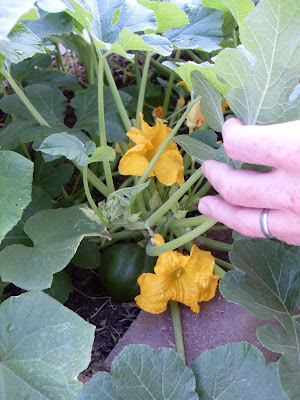 |
| Seeds to Donate to Pima County's new Seed Library |
I recently learned about Pima County Library’s new seed library opening up in order to make seeds that work for this area more available to local gardeners. The idea is that you “check out seeds” at the beginning of the season and “return them” when you harvest your own seed at the end of the season. From what I stated earlier in another post about inbreeding depression I would be wary to check out any corn seed from this library. However, I really do think this is a good way for us Tucson gardeners to get a better variety of vegetable cultivars that just might work for our climate. The only catch is that you never know what kind of disease or poor seed harvesting practices an amateur gardener may have used and you also do not know what the gardener was selecting for. There are many diseases that can be spread by infected seed if a gardener is not very aware of what he or she is doing. Additionally, a beginning gardener, such as myself in the past, may accidently select seed of the slowest growing carrots by harvesting the biggest carrots first and letting the smaller, weaker carrots, go to seed. Practices such as aforementioned would result in weaker seedlings and poor crops in the long run. The library’s website said that they hope that “over time… the seeds will become super seeds—strong, resilient, and well adapted to Arizona’s harsh climate". I may be a bit cynical here, but I don’t think there will be a good chance of that happening without well educated gardeners! In any case, as Native Seeds is involved in the project perhaps their seeds will help the cause. I packed up some of my own disease-free carefully prepared open-pollinated seeds to distribute to the community. Though I do see some kinks to be addressed with the Pima County’s seed library I do truly hope this project is successful.








